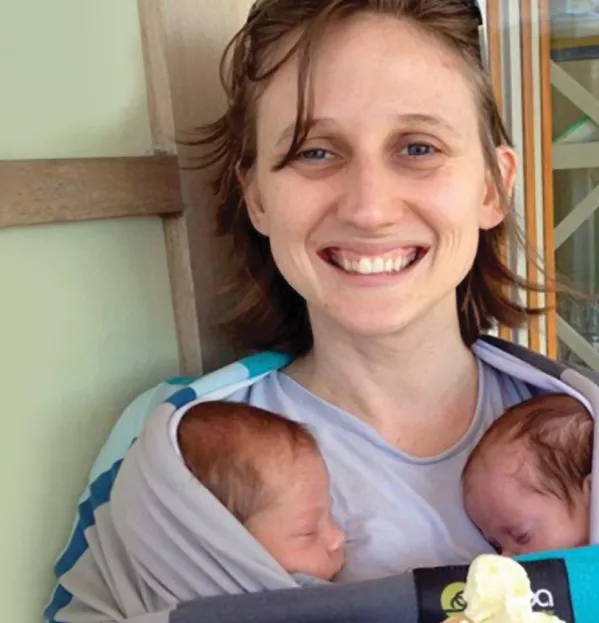TES talks to...Briannon Lee

Sending your child to school is a nerve-racking experience for any parent, but for Briannon Lee, it has been even harder than most. All three of her children have autism, with each needing extra support and understanding.
While taking tours around potential schools, Lee became uncomfortable on seeing the environments they offered and the attitudes displayed by staff towards children with autism. So uncomfortable, in fact, that she ended up homeschooling her kids.
Her experience and decision to homeschool is unfortunately far too common among parents of children with special educational needs and disabilities. What is less common is what Lee did next. She set up a powerful advocacy group for children with autism - one that is building influence in Australia, and which could provide lessons for parents and teachers in the UK.
“When the time came to look at primary schools, we visited local public schools, who gave us tours of their special education units and talked about how they were really nice units for our son to spend his days in,” recalls Lee. “One school even talked about a gifted autistic child who spent all day there reading engineering textbooks. Around the same time, news started breaking in Australia about autistic children being locked up - in cages, pens and rooms.
“When combined with the attitude I encountered of keeping my child away from his peers, even in mainstream settings, we decided to home-educate for a time.”
Lee was not content to sit back and watch other families of children with autism struggle as she did. She also discovered at this time that she, too, had autism. So she became a co-convener of the Autistic Family Collective with other autistic parents of autistic children. The group aims to provide “a collective platform to amplify autistic perspectives in advocacy for civil rights, respect and equality”.
It has quickly become a key voice in Australian education, assisting both parents and schools in striving for a more inclusive system. She also works towards similar aims as director of community support organisation NeuroDiversity Connect.
A voice for autism
Speaking from her home in Queensland, Lee says she helped set up the collective to provide a voice for autism, for it to be properly understood and to give students some hope of succeeding in education.
She explains that “classrooms and schools are very challenging environments for autistic people, who move, think and experience the world differently to their peers. The classroom has a lot of distressing sensory input - fluorescent lights, loud noises, different smells and posters all over the walls.
“There is an expectation that children sit still for long periods of time and attend to the teacher in certain ways, often called ‘whole-body listening’,” she adds. “This is a very difficult ask for children who need to move their bodies to regulate themselves and who might find eye contact very uncomfortable.
“Autistic people learn by focusing intently on information about topics that interest them, and with a preference for managing their own learning. This kind of learning style isn’t often supported in most schools.”
‘Schools are challenging environments for people with autism’
She says the biggest problem is that when children aren’t coping, they are labelled as having “challenging behaviours” rather than being recognised as pupils whose needs aren’t being met. “As a result, interventions to support children in the classroom focus on changing the child’s behaviour to comply, rather than exploring with the child, their parents and specialists what needs to change in the environment and teaching to better include the child.
“For example, a lot of energy might be spent helping a child transition between activities in the classroom, rather than enabling them to spend a longer time on one activity and delving deeper into learning that their peers have moved on from. Or energy might go to working out behaviour plans for a child when the issue is that the fluorescent lighting in the classroom is causing them extreme distress and could easily be changed.”
She also says that change needs to occur across the “whole community”, adding: “Change in education has been slow, and so a groundswell of parents demanding change is critical - and not just parents of students with disability. All families benefit when schools are inclusive and educating diverse learners.”
Brittany Vonow is a freelance journalist
You need a Tes subscription to read this article
Subscribe now to read this article and get other subscriber-only content:
- Unlimited access to all Tes magazine content
- Exclusive subscriber-only stories
- Award-winning email newsletters
Already a subscriber? Log in
You need a subscription to read this article
Subscribe now to read this article and get other subscriber-only content, including:
- Unlimited access to all Tes magazine content
- Exclusive subscriber-only stories
- Award-winning email newsletters